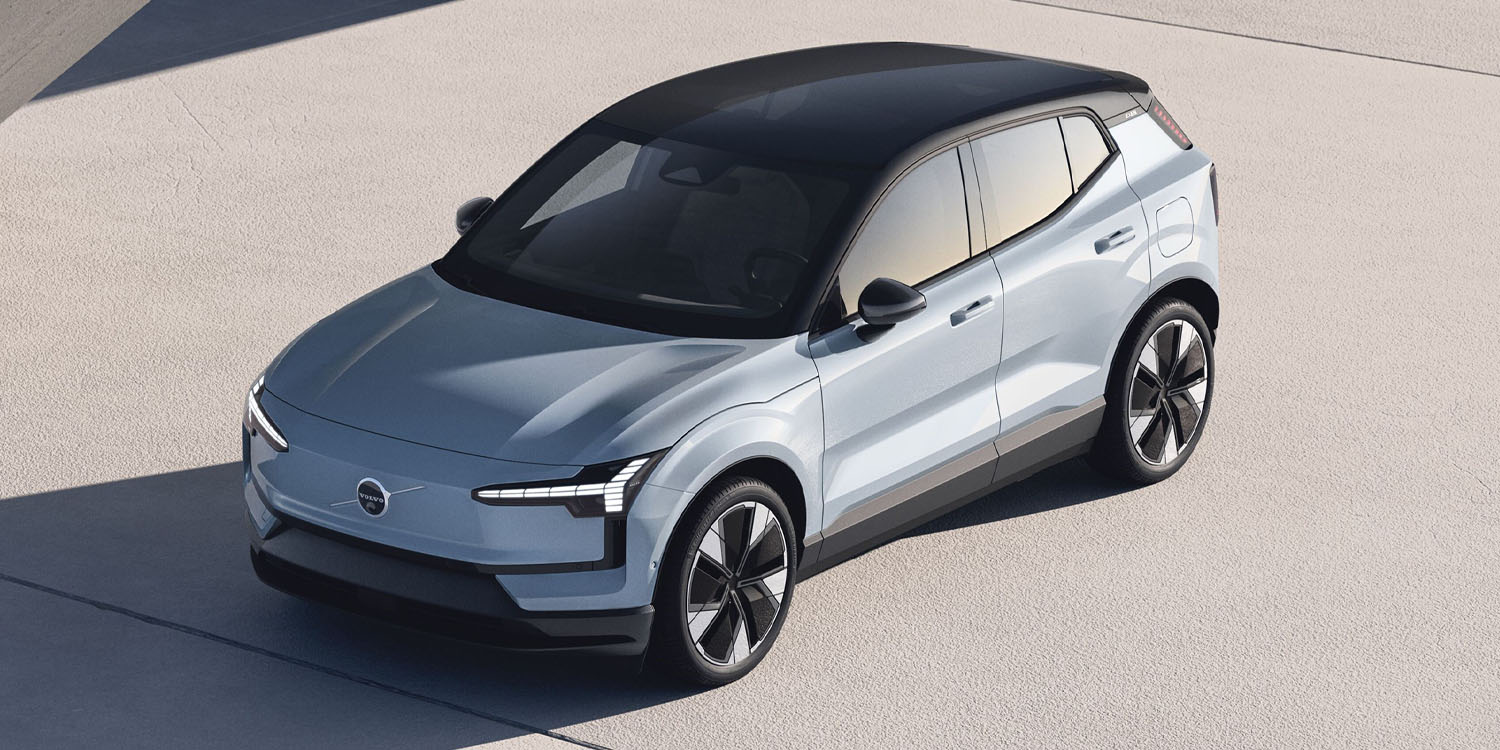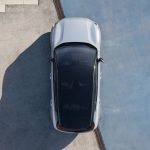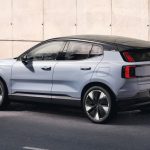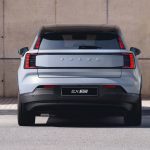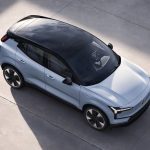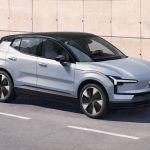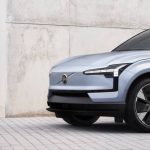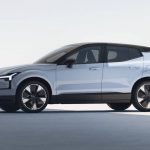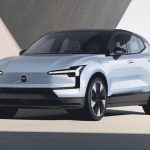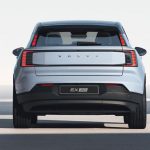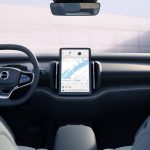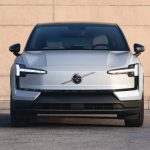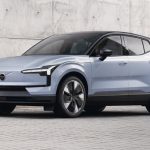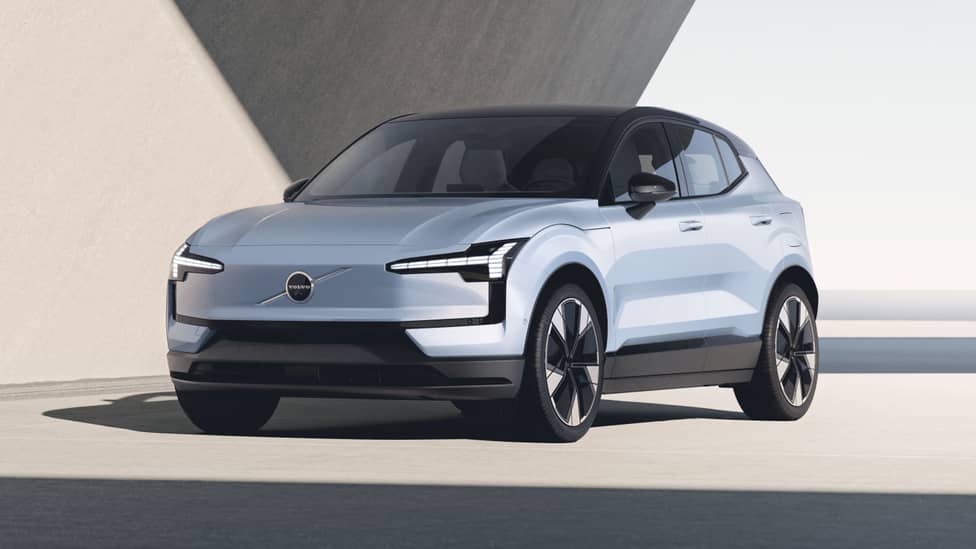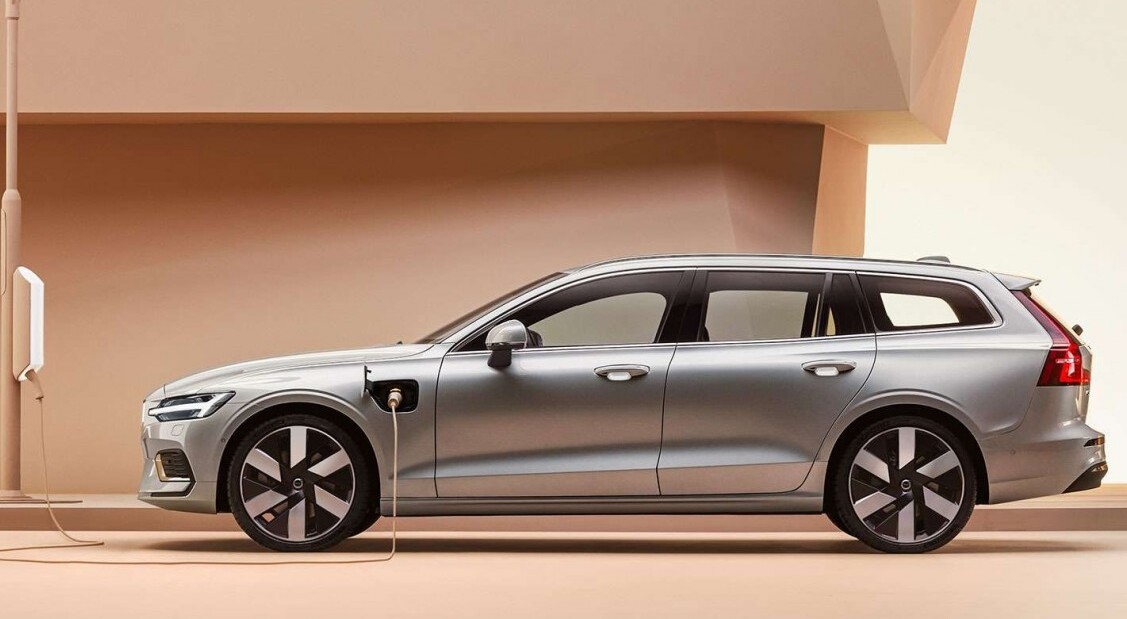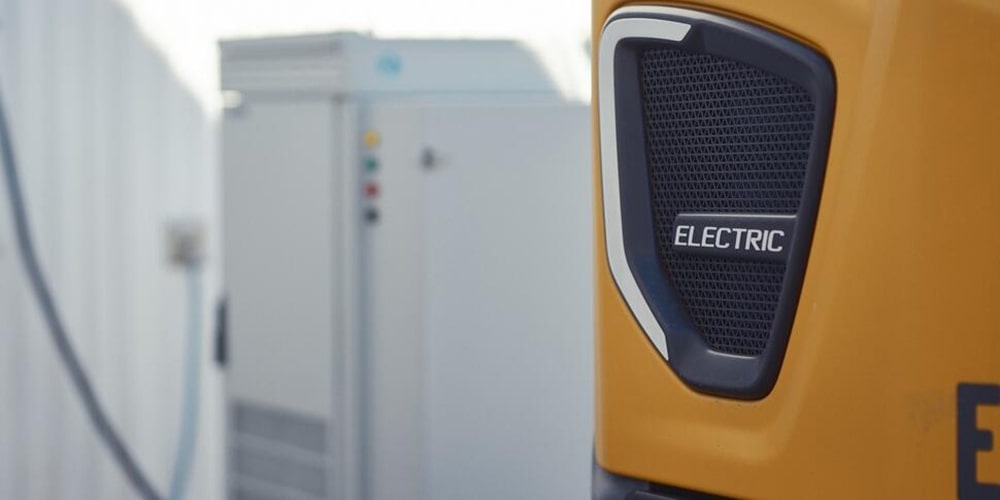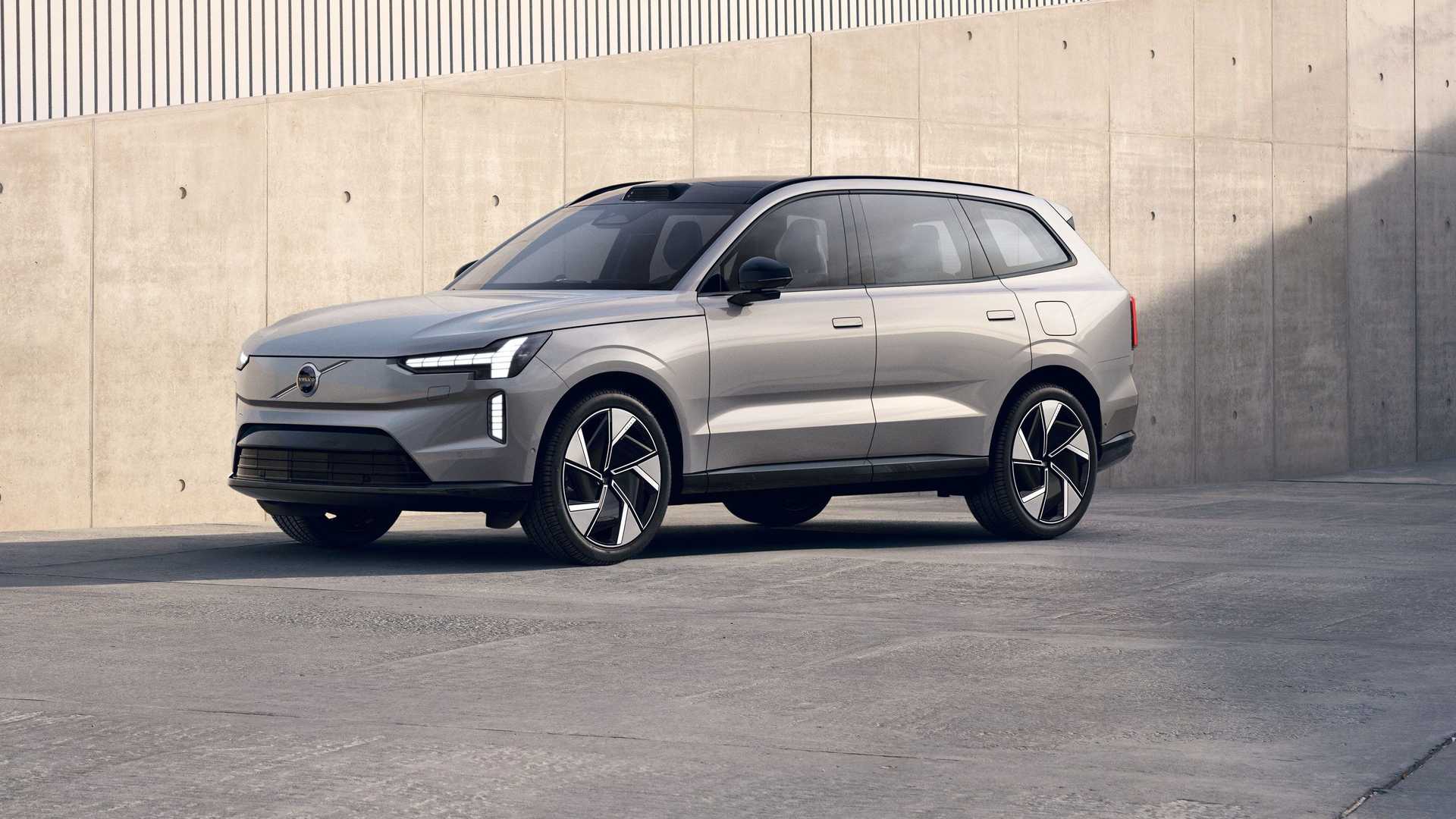Volvo has made a groundbreaking entry into the electric vehicle market with the launch of its first entry-level electric car, the Volvo EX30. The company surprised customers and competitors alike with a price that sets a new benchmark. The online launch event took place in the UK, marking the first market for the release.
Volvo CEO Jim Rowan confirmed that the Volvo EX30 has been released on schedule, as previously announced in December, during a video published on YouTube. The video, which showcased the compact-sized car, emphasized the idea that small changes can make a big difference and have a significant impact.
One of the most pressing questions about the new Volvo EV was its size and price, along with the specifications chosen by the Geely brand. While Volvo categorizes the EX30 as an E-SUV, it falls into the compact car category. The car’s size is even smaller than the Mercedes EQA and DS 3 Crossback E-Tense, measuring 4.23 meters in length, 1.83 meters wide (2032 mm with mirrors), and 1549 mm high, providing an SUV feel.
As expected, Volvo based the EX30 on Geely’s SEA platform, specifically utilizing the SEA-E (E for Entry) version. This platform is also shared with the Smart #1 and Zeekr 001. The car features a 66 kWh battery with a WLTP range of up to 440 kilometers, and it can be fast-charged from 10 to 80 percent in under 30 minutes at a 150 kW fast charger. The all-wheel-drive version has a system output of over 400 hp, combining an electric motor on the rear axle with another unit at the front.
Volvo offers three versions of the EX30, combining different motor setups and two battery options. The first version is designed for city driving with shorter distances between charges, featuring a single-motor setup and an LFP battery, a first for Volvo. This version offers a range of 344 km with a 51 kWh power pack from CATL. The extended-range variant of the single-motor setup uses an NMC battery with 69 kWh, providing a range of up to 480 km between charges.
The top-of-the-range variant, called the Twin Motor Performance, pairs the NMC battery with a second e-motor, also offering a range of 480 km. This version boasts an impressive system output of 315 kW (428 hp) and can accelerate from 0 to 100 km/h in just 3.6 seconds.
The Volvo EX30 plays a significant role in the company’s growth strategy, with Volvo aiming to sell 1.2 million vehicles globally by 2025, a 70 percent increase from 2021. The EX30 will be manufactured in Volvo’s plants in China to meet the anticipated demand.
In terms of pricing, the base model of the Volvo EX30 starts at €36,590, which is remarkably competitive within the Volvo lineup. The Performance AWD version starts at €48,490, while the single-engine variant with the larger battery starts from €41,790. Volvo aimed to provide a lower total cost of ownership compared to other fully electric Volvo cars and much of the competition in the electric small SUV segment.
Volvo recognizes that price and cost of ownership are crucial factors when consumers consider switching to electric cars. By offering the EX30 through outright ownership, leasing, or subscription models, Volvo aims to make the car more accessible to a wider range of customers, especially younger buyers.
Safety is a top priority for Volvo, and the EX30 is equipped with a wide range of standard safety features, including emergency braking, adaptive cruise control, active lane systems, and driver monitoring systems. The car’s interior features a free-standing touchscreen, ambient lighting inspired by nature, and design options that incorporate sustainable materials.
Volvo plans to focus on online sales and is transitioning to a fully integrated online/physical direct-to-consumer model in the United Kingdom, with other European countries following suit. Pre-orders for the Volvo EX30 are now open in select markets, and the company expects it to become its best-selling model in the coming years. Order books for other markets will open at a later stage.

